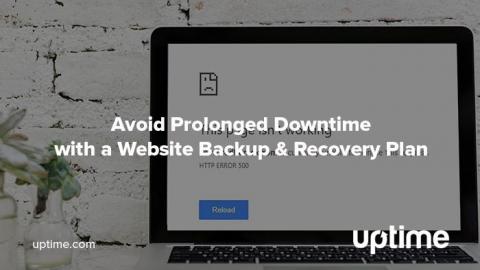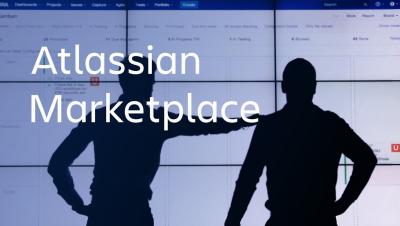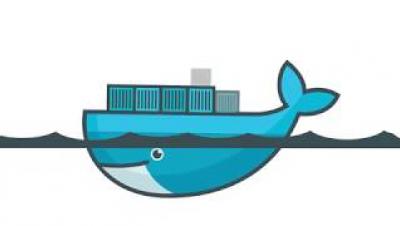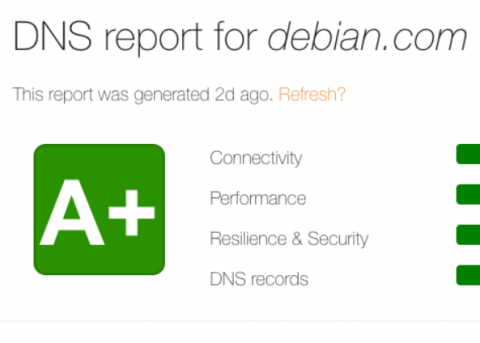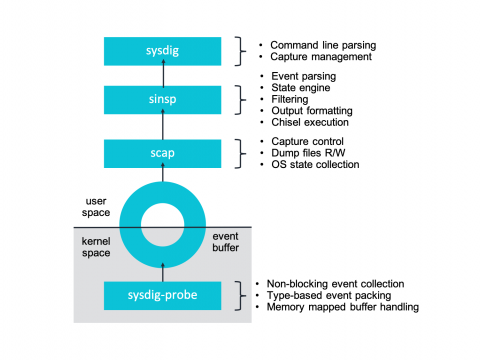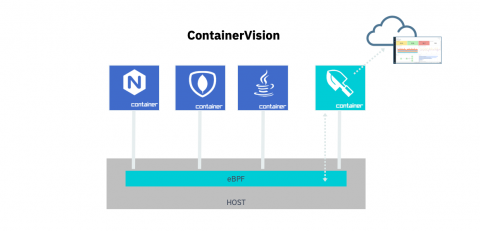Avoid Prolonged Downtime With a Website Backup and Recovery Plan
Website downtime is inevitable. Extreme weather, equipment upgrades, or major site updates are all ripe conditions for downtime. However, there’s always a problem we don’t see coming. A website backup and recovery plan is essential to keep unplanned downtime from severely impacting your business. If you already have a plan, use this guide to revise or make changes to your existing one.


